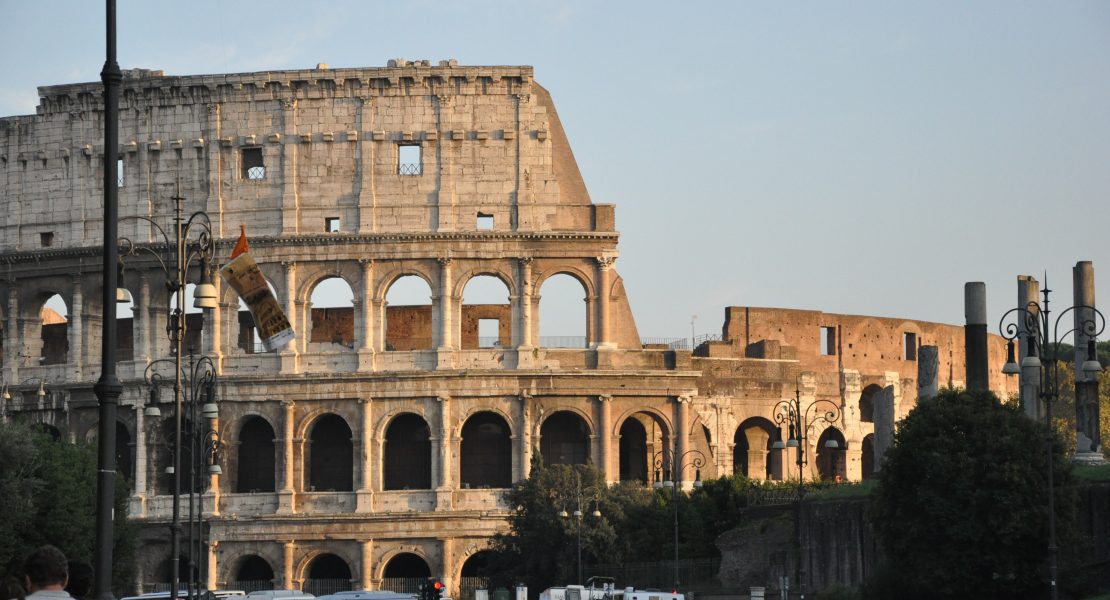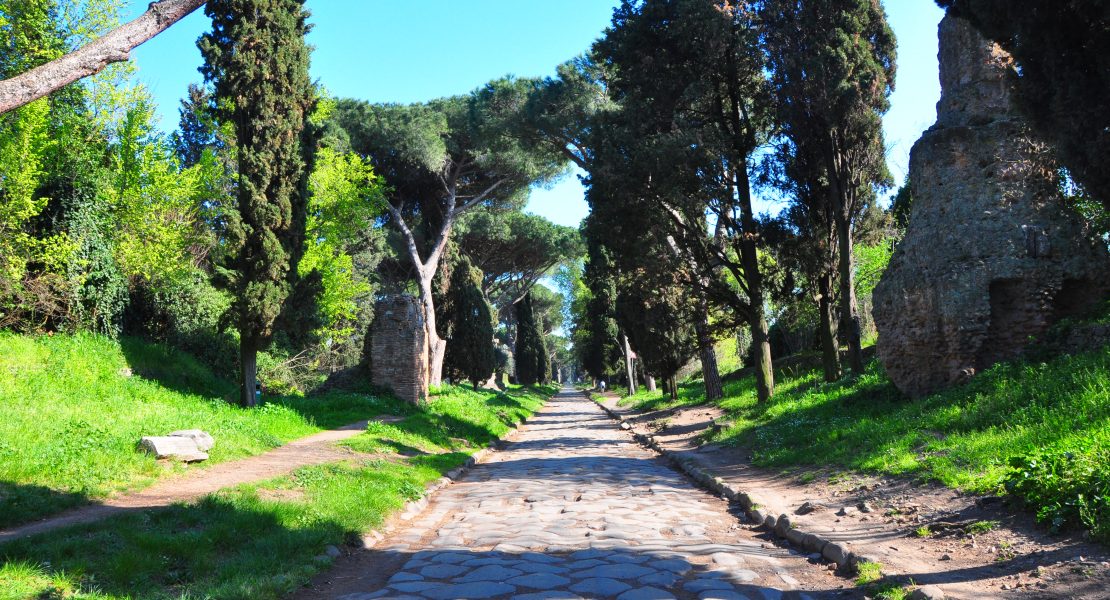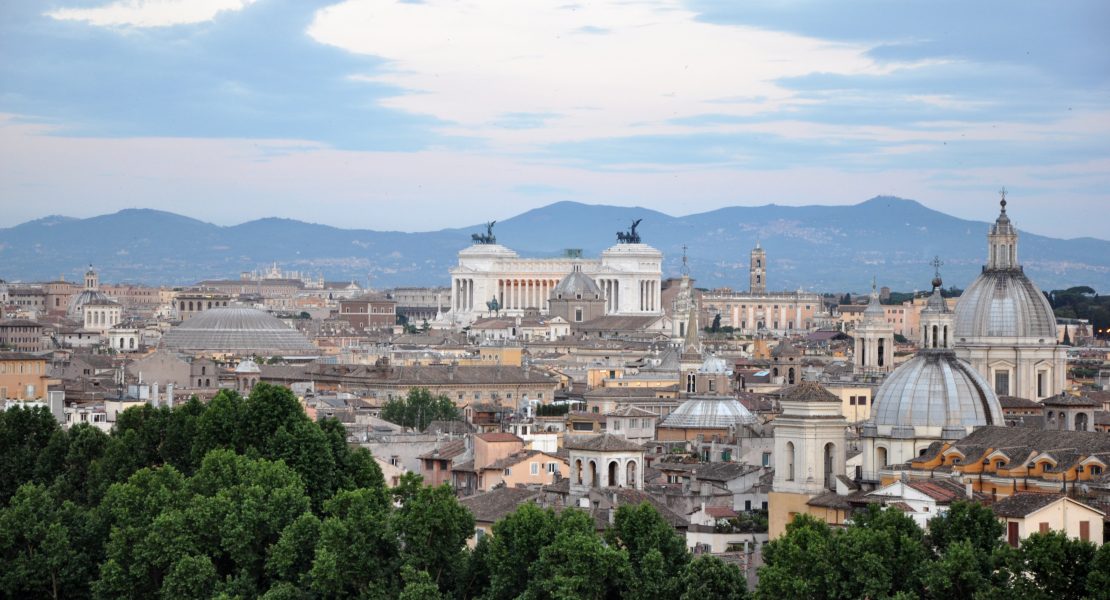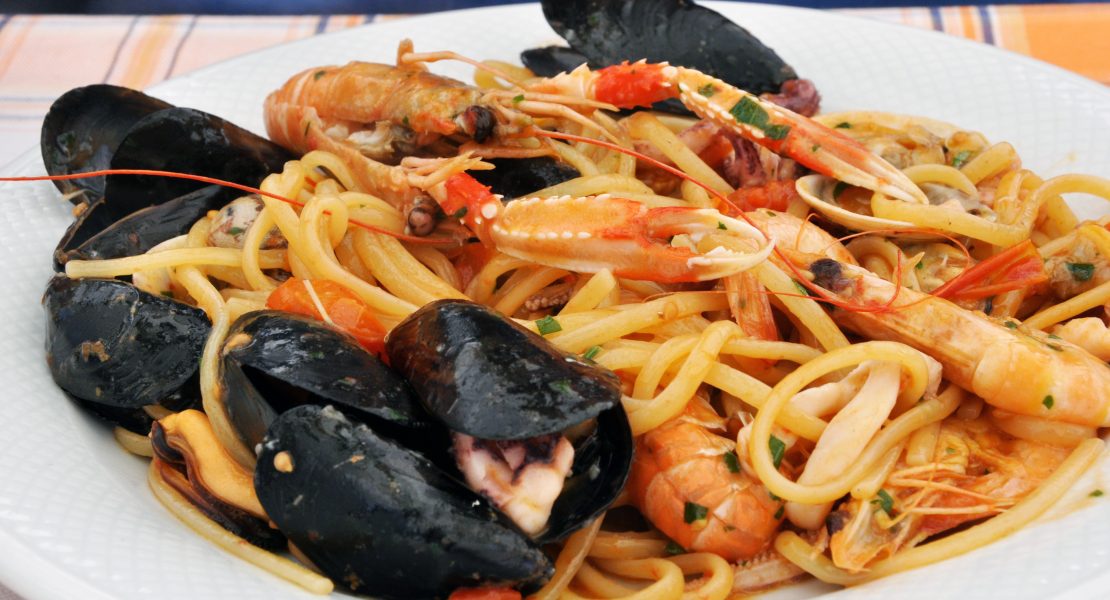I just finished a must-read for any lover of Italian, or Italian-American, food: How Italian Food Conquered the World, by John Mariani. A thoughtful gift from my mother, the book explores how Italian food went from being completely unremarked-on by 19th-century travelers… to a global phenomenon.
Here were five of the most interesting facts I found.
For most of the 20th century, Italians had terrible wine
Thanks to sharecropping, a farmer gave most of what he grew to the landowner. Hardly any of his land was left for grapes—plus, the vines had to compete with other crops for nutrients. "There simply was very little demand for fine wine in Italy for most of the 20th century, and the destruction of land wrought by two world wars only made prospects dimmer," Mariani writes.
Of course, things changed—but later than I'd realized.
In the 1970s, Lucio Caputo, the Italian Trade Commissioner in New York, pushed the American media to discover Italian wines, and pushed Italian wine-makers to improve their product. Only in the 1980s did most winemakers start using smaller, 59-gallon barrels instead of the 264-gallon guys (having seen it first in California!). They also started switching over from the wooden barrels they'd used for decades, which oxidized the wine.
In 1970, Italian wines represented just 18.4 percent of the U.S. import market. By 1980, they constituted 55 percent.
Until the 1970s, it was impossible to even find an Italian cookbook in English
Crazy, right? Although "Italian recipes" showed up in some American cookbooks, they were generally Italian-American, if that. One "Italian" entry in the 1971 New York Times International Cook Book: "veal roast with frankfurters." Even France's "gastronomic bible"—Larousse Gastronomique—included a paltry section of Italian dishes in its 1961 translation. (And that section included some real travesties. Like that macaroni should be boiled for 15-20 minutes and should be dressed with nutmeg, Gruyere and Parmesan cheese).
All of that changed, or started to, only in 1973, when Emilia-Romagnan immigrant Marcella Pollini wrote The Classic Italian Cook Book. For the first time, mainstream America was introduced to the traditional principles of authentic Italian cooking. Pollini, for example, "insisted on using good olive oil—not readily available then—buying fresh ingredients in season, making homemade broth, and using the best Parmigiano-Reggiano… She also reminds readers that Italians always enjoy two courses at a meal, but neither need to be large in proportion, the way Italian-American dishes so often were."
Right on.
There are even more non-Italian "Italian dishes" than I thought
I knew dishes like spaghetti and meatballs and chicken parmesan weren't Italian. (I've written about the confusion between Italian and Italian-American food before). But Mariani brings up a couple of others I hadn't thought of, and one that frankly surprised me:
- marinara sauce: This sauce wasn't even included in a book of Italian cooking compiled by the Accademia Italiana della Cucina in 2009. Somehow, though, it gained traction as a pop-culture reference in America by the 1930s.
- pasta primavera: Made with a stomach-turning mixture of pine nuts, tomatoes, string beans, frozen peas, and broccoli, this dish was invented by the wife of the owner of Le Cirque, who tossed it together to feed a couple of guests during a trip to Canada. Le Cirque's owner refused to make it in the restaurant, saying it would "contaminate" the kitchen.
- penne alla vodka: I forgot this existed until reading this book. "The vodka, of course, had no flavor at all, so it was usually marinated with chile peppers and blended with tomato and cream," Mariani notes wryly. Not Italian.
- veal alla valdostana: A huge veal chop, stuffed with prosciutto and Fontina cheese, and doused in mushroom sauce. I spent 2 months living in the Valle d'Aosta this winter, and I can safely say I never saw this dish.
- tiramisu: This one surprised me, because I do see it on menus at (non-touristy) Italian restaurants today. And, okay, technically it was invented in Italy: It was first created at a restaurant in Treviso in the 1960s. But it remained virtually unknown throughout Italy all the way until the 1990s. When the Italians caught on to the fact that was wildly popular at restaurants in the U.S. …and added it to their own menus.
FedEx brought Italian food to America—literally

In 1984, FedEx started its first routes to Europe. DHL soon followed. This was huge. As one Italian restaurateur had moaned in 1983, "most Italian ristoratori lose sleep trying to import the best possible items from Italy. To talk to us about truffles when we pay $400 a pound and when they arrive, 50 percent must be thrown away because no reliable freight service can guarantee delivery from Italy in two days? We buy French fish or black truffles because they arrive on time."
Now, all of those hard-to-get ingredients could be delivered within 24 hours.
But it didn't solve everything. Tony May, on the board of the Culinary Institute of America, said that despite FedEx and DHL, a region's great local products didn't wind up abroad. You still had to visit Italy to find proper, regional cooking.
Alice Waters made (real) Italian food popular in America
When Waters opened the famed Chez Panisse in 1971, she rocked the culinary world. Why? Because her approach was different: begin with good ingredients. It seems obvious now, but it wasn't then. Cooks at every kind of restaurant in America, including Italian restaurants, "wanted the same ingredients, in or out of season, every day of the year, even if they were packaged, frozen, or canned," Mariani says.
In the meantime, tourists to Italy were fascinated by the street markets there, where the fish had been caught that morning, the beef was grass-fed, and the vegetables in season.
And la nouvelle cuisine was getting trendy. Proponents "encouraged innovation but, more important, asked cooks to consider the health and nutrition of their patrons, shorten cooking times, avoid unnecessary complication, learn techniques, use the finest and freshest ingredients, and return to regional cooking. Taken together, these guidelines were already in force in kitchens throughout Italy." Ta-da! An Italian food revolution.
Bonus fun fact: Did you know the USDA keeps Italian meets out of the US?
Prosciutto was banned for export to the U.S. until 1989. Mortadella and Speck were outlawed until 2000. Other meats, including cotechino and zampone, are still banned today.
The reason? "Ostensibly to protect American livestock from trichinosis and hoof-and-mouth disease, but primarily to protect U.S. pork producers from competition," Mariani writes.
Go figure.
Want more tips about eating (and more) in the Eternal City? Check out The Revealed Rome Handbook: Tips and Tricks for Exploring the Eternal City, now available for purchase on Amazon, below, or through my site here!















































